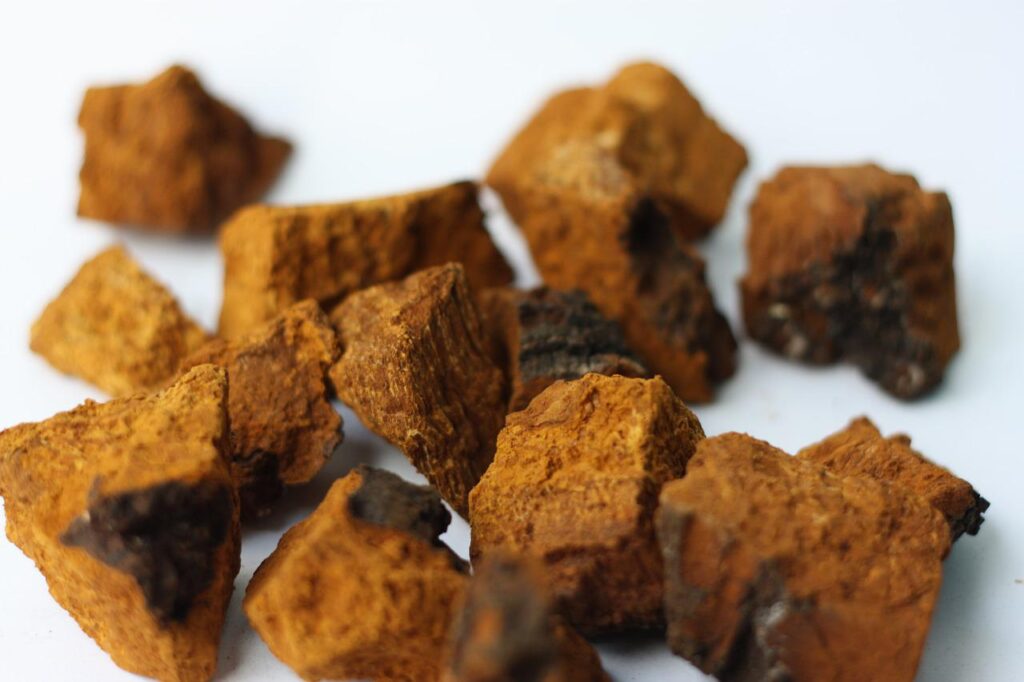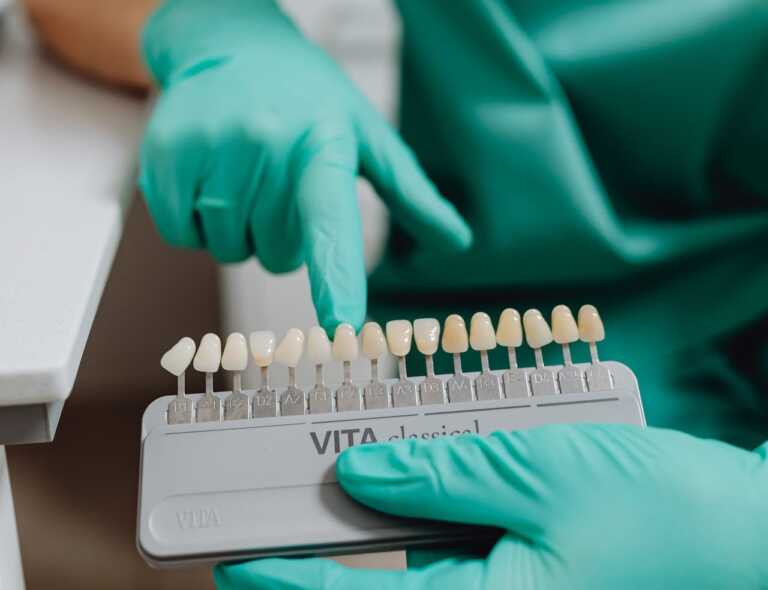The Chaga mushroom is a bitter and earthy fungus that grows in the Northern Hemisphere. It thrives in places like Japan, Russia, and Canada where there are snowy, maple-filled forests. Because of its unique appearance and hardy nature, it’s been used by indigenous people to help them through long winters and times of scarcity. In some cultures, chaga is even referred to as “the Don” or “the king of mushrooms” because of its high value in traditional medicine.
But what exactly is this mysterious superfood? And how can you incorporate it into your diet? Let’s take a closer look at the benefits of chaga mushroom and why you should add it to your diet today.

What Is Chaga Mushroom?
Chaga is a fungus that grows on birch trees. It’s typically found in areas that have a lot of snowfall in the winter, like Russia and northern areas of Japan. The Chaga mushroom has been used in traditional medicine since the 16th century. It’s believed that the first Chaga discovery happened when a person was walking through the forest and noticed a black substance growing on the bark of a birch tree. The person noticed that the fungus was also very bitter in taste, and they used it as an herbal remedy for many ailments.
The Chaga mushroom is very hard, with a top layer that can range from dark brown to black. It has a brittle texture and will easily break into pieces. The inside of the Chaga mushroom is bright orange and fleshy. This fleshy layer is harvested for medicinal use.
What Are The Benefits of Chaga Mushroom?
Chaga has been used for centuries by the people of Siberia to boost their immune systems and overall health. The benefits of Chaga mushroom are truly impressive. It’s believed that Chaga can help improve liver function, blood sugar regulation, blood pressure control, and healthy digestion. It also supports skin health, and eye health, and can aid in the treatment of various conditions such as cancer, diabetes, and more.
The Chaga superfood is also said to be very good for detoxification, digestion, and even liver health. Chaga also contains a number of minerals and vitamins that are important for good health. These include iron, copper, zinc, selenium, manganese, B vitamins, and a number of other important compounds. Chaga is also a very rich source of antioxidants. In fact, it has more antioxidants per gram than blueberries and acai berries, two very well-known superfoods.

How to Use Chaga Mushroom
Since Chaga is a fungus, it can’t exactly be eaten in the way you would eat a piece of fruit or a salad. Instead, you have to steep Chaga in water and make a tea out of it. The best way to do this is to slice the Chaga into small pieces and let it sit in hot water for at least 10 minutes. You can also use cold water, but you’ll have to let it sit for at least 8 hours. The tea can be drunk as-is or you can add some honey or other natural sweeteners.
You can also take dried Chaga by mixing it into your daily tea or coffee. Or, even better, purchase Chaga powder and add it to a drink or food, according to your liking. Below are my most favorite and inexpensive Chaga powders that I recommend. Read our article on the best ways to consume Chaga mushroom.
Last but not least, the Chaga mushroom can also be steeped in hot water or infused in alcohol to create tinctures.
So, Is The Chaga Mushroom Worth Trying?
Simply put, the Chaga mushroom is a superfood that’s worth trying. It’s rich in a number of important nutrients and antioxidants, making it a worthwhile addition to your diet. Chaga can also be applied topically to the skin, making it a two-in-one superfood. Chaga is a bit difficult to find in stores, but you can easily order it online. Plus, Chaga is relatively inexpensive, so you don’t have to worry about breaking the bank by adding it to your diet.





